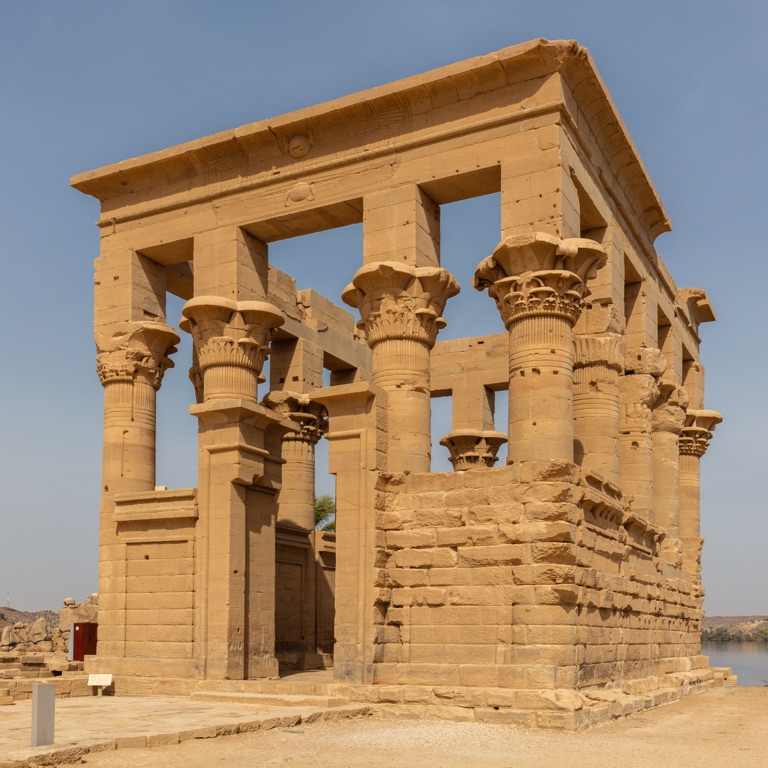Trajan’s Kiosk is a striking ancient structure located on the island of Philae in Egypt. It is one of the largest and best-preserved kiosks ever discovered, serving as a pharaonic gateway. This architectural marvel was part of the Isis temple complex and is often associated with the Roman Emperor Trajan. However, its origins and purpose extend beyond his reign, reflecting a blend of Egyptian and Greco-Roman artistry. The kiosk’s significance lies not only in its historical context but also in its relocation due to the Aswan Dam’s construction, which threatened to submerge it forever.
Historical Places
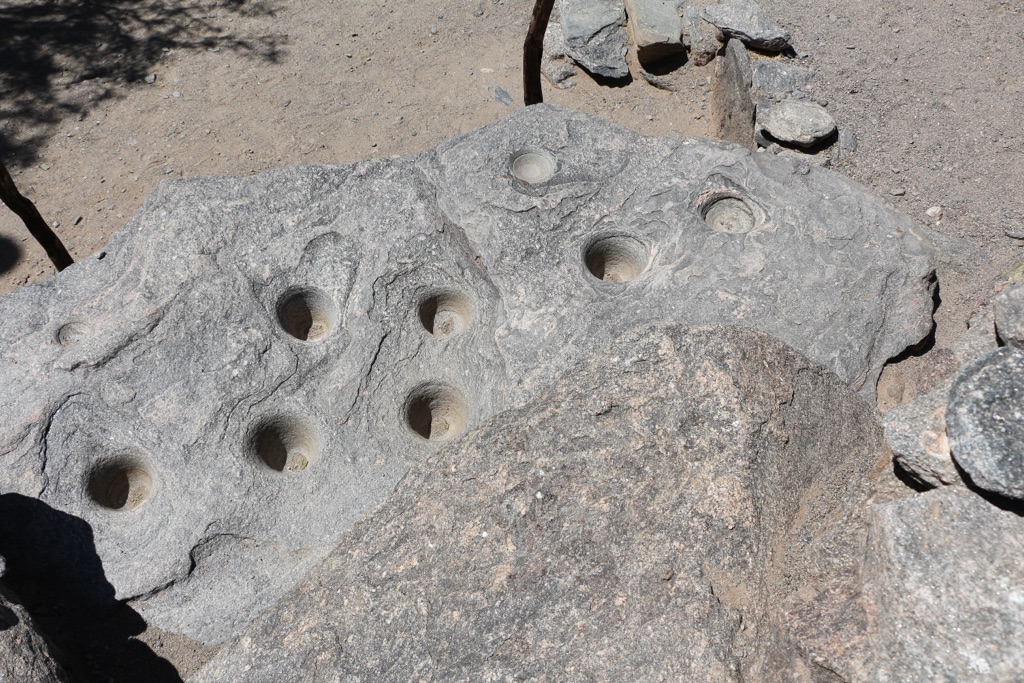
Quilmes Ruins
The Quilmes Ruins are a silent testament to the resilience and ingenuity of the Quilmes people, an indigenous tribe in Argentina. These ruins, located in the Tucumán province, represent one of the largest pre-Columbian settlements in the country. The site offers a glimpse into the complex societal structures and the advanced urban planning of the Quilmes civilization, which thrived between the 10th and 17th centuries. Despite facing Spanish conquest in the 1660s, the Quilmes people defended their city fiercely, and the ruins stand today as a symbol of their resistance and cultural heritage.
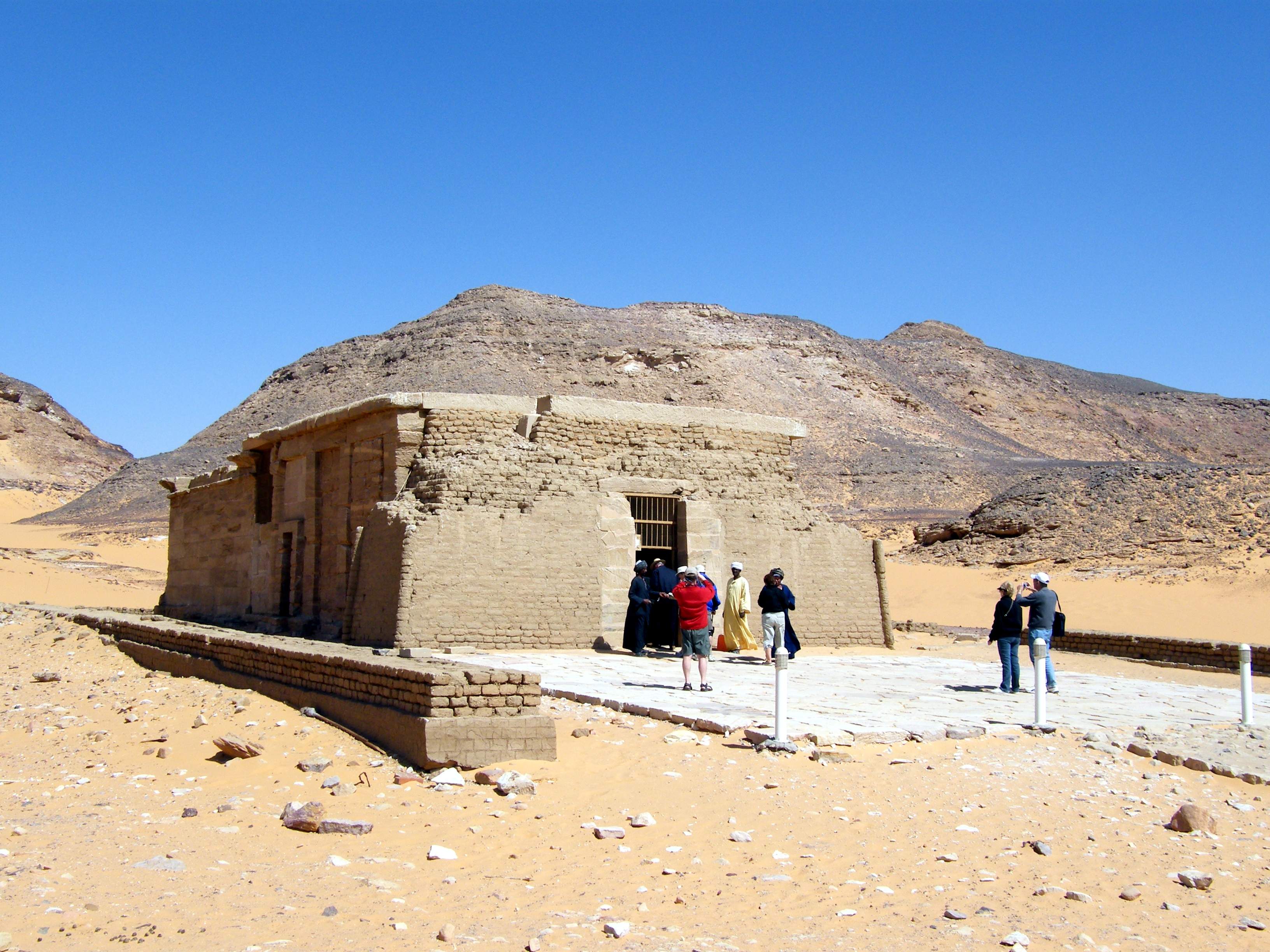
Temple of Amada
The Temple of Amada, the oldest Egyptian temple in Nubia, stands as a testament to ancient civilization’s grandeur. Pharaoh Thutmose III erected it during the 18th Dynasty, and later, Pharaoh Amenhotep II enhanced it. The temple’s relocation in the 1960s to save it from the rising waters of Lake Nasser is a remarkable feat. It showcases intricate carvings and inscriptions, offering insights into Egypt’s religious practices and political history.
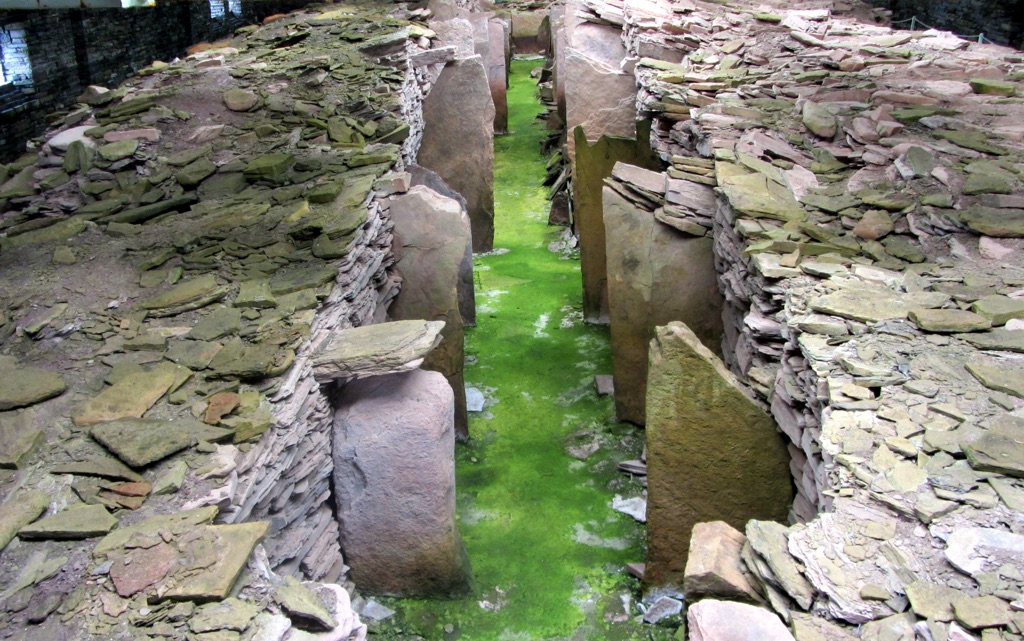
Midhowe Chambered Cairn
The Midhowe Chambered Cairn is a large Neolithic tomb located on the Orkney Islands, Scotland. It’s part of the Rousay island’s “Great Ship of Death,” a nickname that reflects its elongated shape and size. This cairn is one of the most impressive and well-preserved tombs from the Neolithic period in northern Europe. It provides valuable insights into the burial practices and spiritual beliefs of the communities that thrived in Orkney over 5,000 years ago.
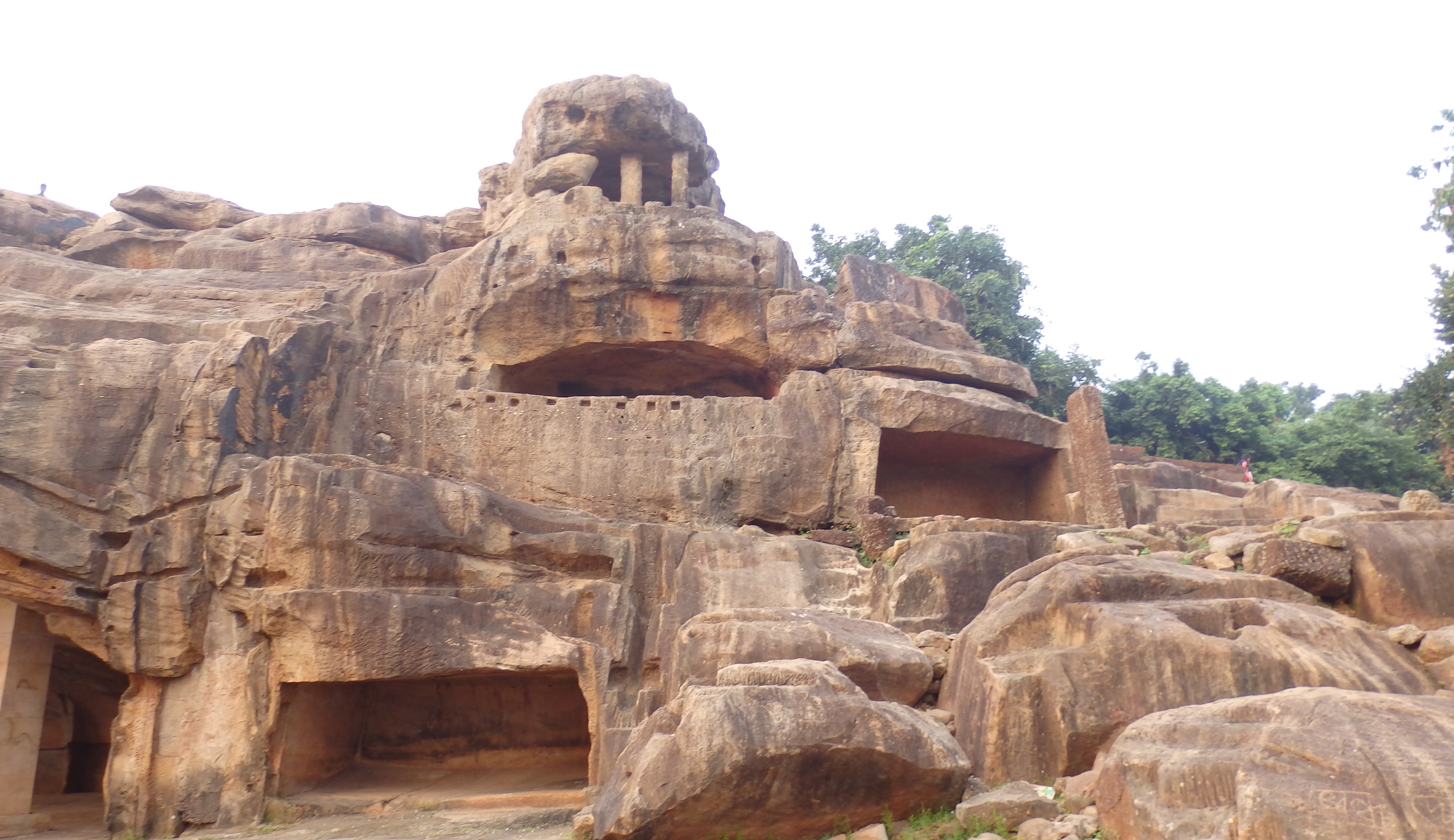
Khandagiri caves
The Khandagiri Caves, an early Jain monastic complex, are a marvel of ancient Indian rock-cut architecture. Located in the Indian state of Odisha, near the city of Bhubaneswar, these caves date back to the 2nd century BCE. They are a significant historical and religious site, showcasing intricate carvings and religious motifs. The caves are a testament to the rich cultural heritage of India and offer insights into the lives of Jain ascetics who once inhabited them.
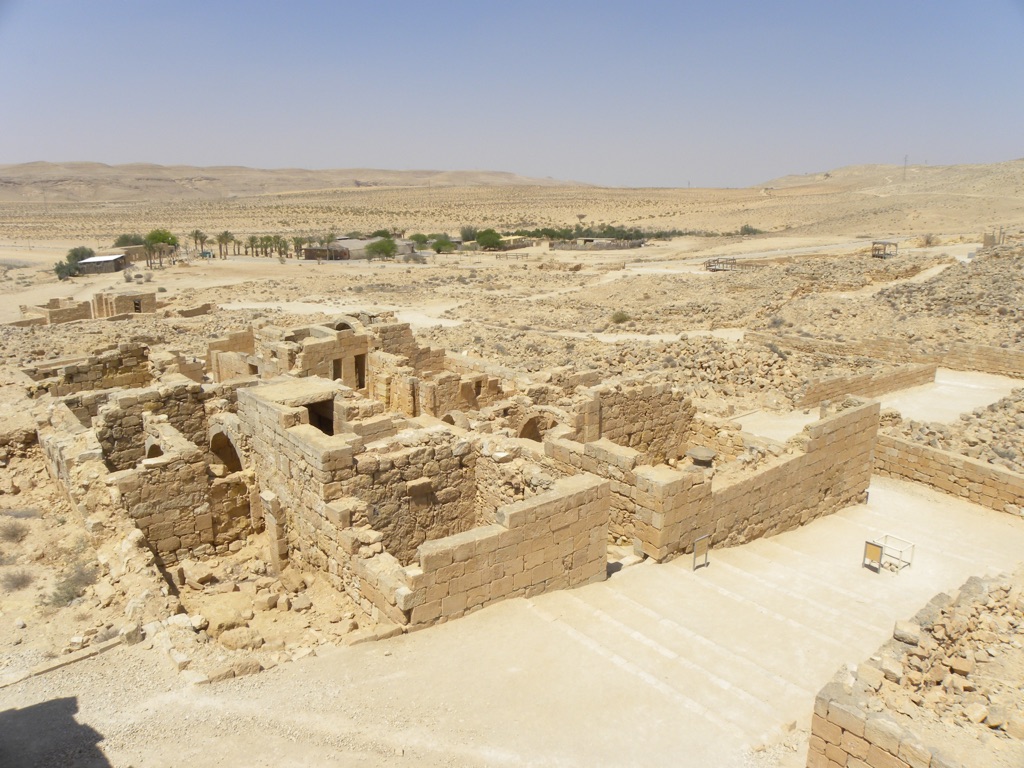
Mamshit (Mampsis)
Mamshit is the modern name for the ancient city of Memphis, located in the Negev desert of Israel. This Nabatean city, once a stop on the incense route, is renowned for its well-preserved ruins that include churches, a market street, and elaborate houses with mosaic floors. Declared a UNESCO World Heritage Site, Mamshit unveils the richness of the Nabatean civilization and their architectural prowess. The city’s excavation has provided insights into the Nabatean way of life, their trade practices, and their eventual conversion to Christianity.

